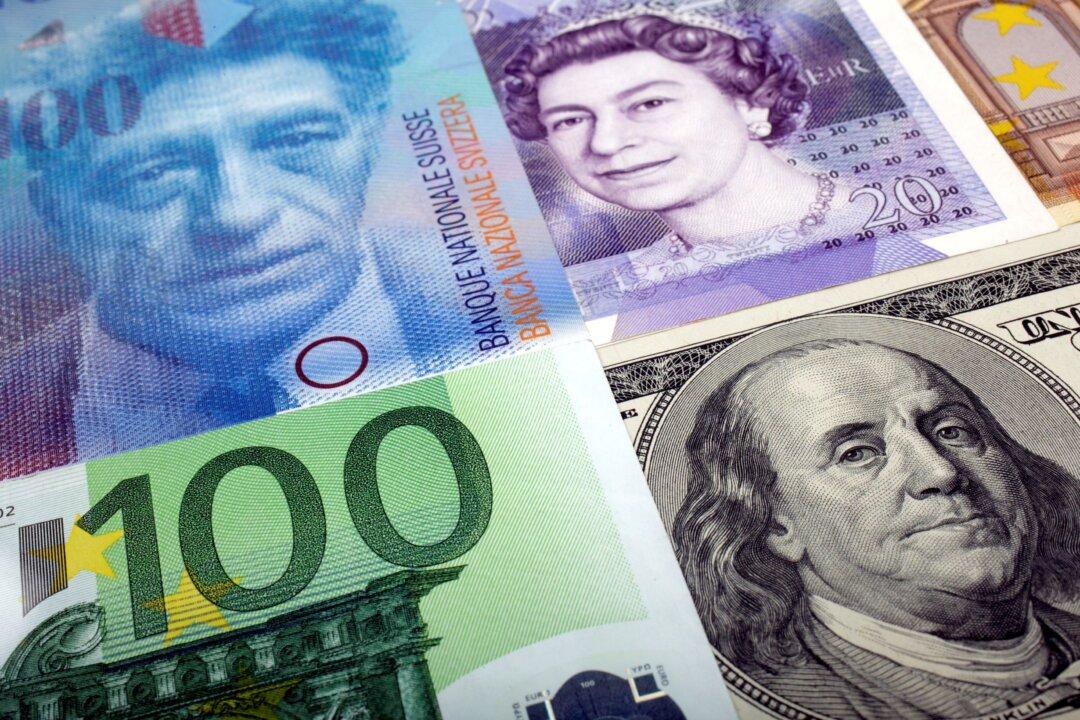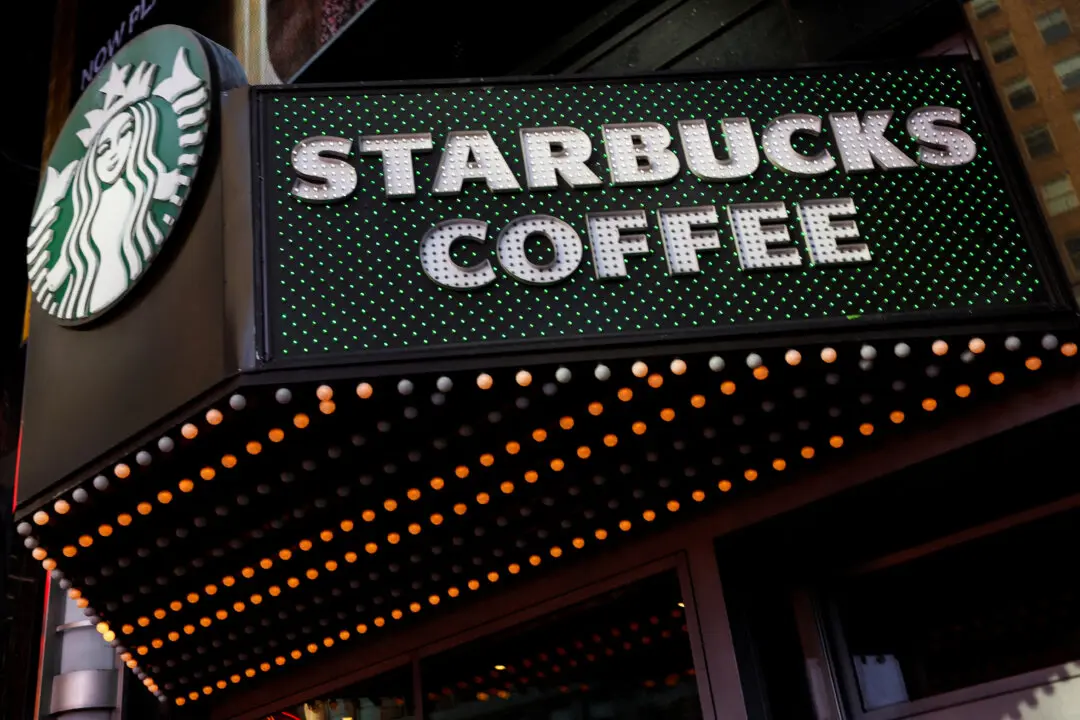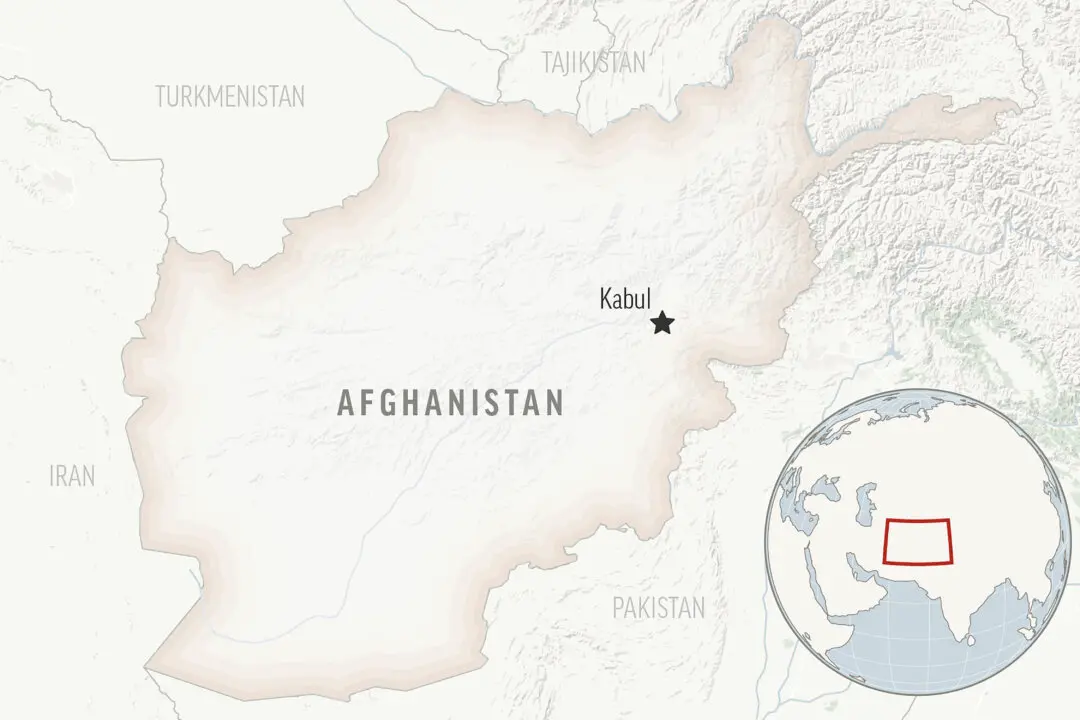LONDON—The dollar fell and sterling steadied on Tuesday as traders reckoned banking stress could keep the Federal Reserve and the Bank of England from hiking rates much further, or at all, later in the week.
Investors’ focus has moved to a slew of central bank meetings due this week after days of volatility in markets caused by worries over the stability of the global banking sector.





